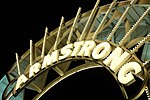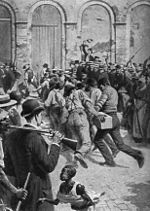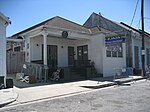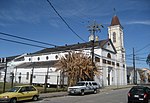New Orleans Jazz National Historical Park
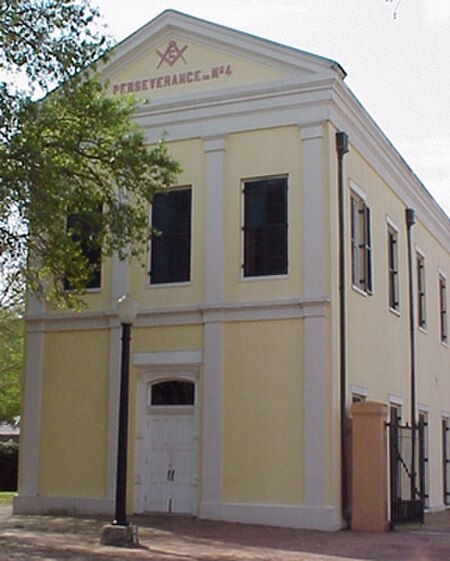
New Orleans Jazz National Historical Park is a U.S. National Historical Park in the Tremé neighborhood of New Orleans, near the French Quarter. It was created in 1994 to celebrate the origins and evolution of jazz. Most of the historical park property consists of 4 acres (16,000 m2) within Louis Armstrong Park leased by the National Park Service. There is a visitor center at 916 North Peters Street and a concert venue, several blocks away in the French Quarter. The Park provides a setting for sharing the cultural history of the people and places which helped to shape the development and progression of jazz in New Orleans. National Park Service staff present information and resources associated with the origins and early development of jazz, through interpretive techniques designed to educate and entertain.
Excerpt from the Wikipedia article New Orleans Jazz National Historical Park (License: CC BY-SA 3.0, Authors, Images).New Orleans Jazz National Historical Park
Treme Street, New Orleans French Quarter
Geographical coordinates (GPS) Address Nearby Places Show on map
Geographical coordinates (GPS)
| Latitude | Longitude |
|---|---|
| N 29.963055555556 ° | E -90.068055555556 ° |
Address
Aqueduct Fountain
Treme Street
70116 New Orleans, French Quarter
Louisiana, United States
Open on Google Maps

